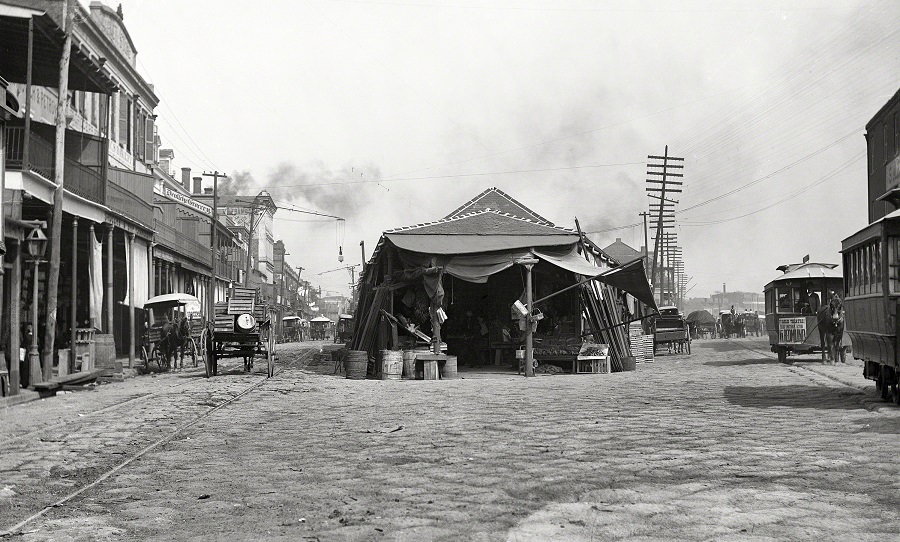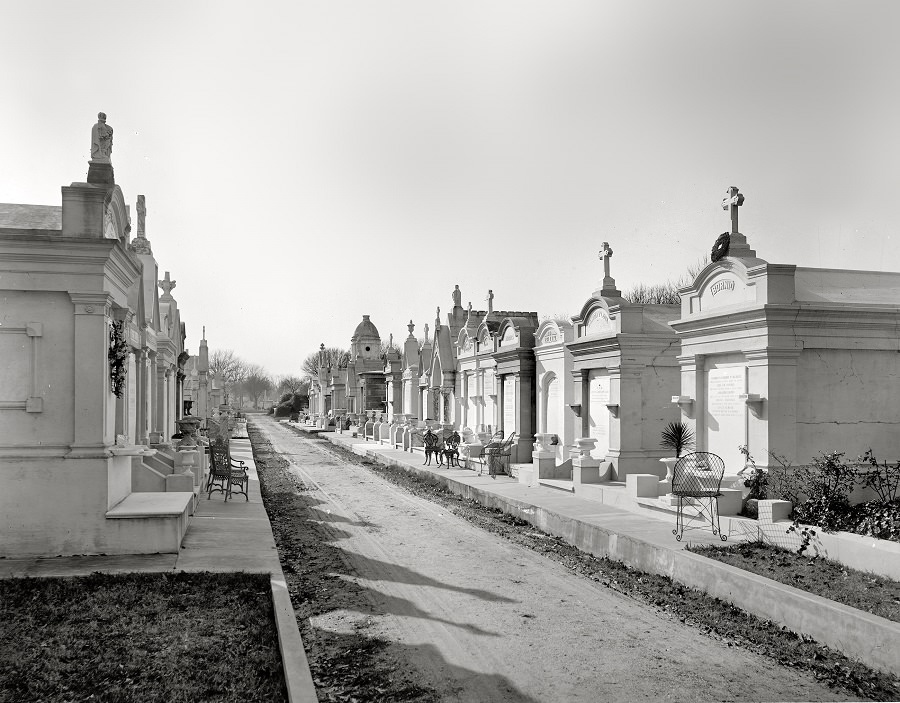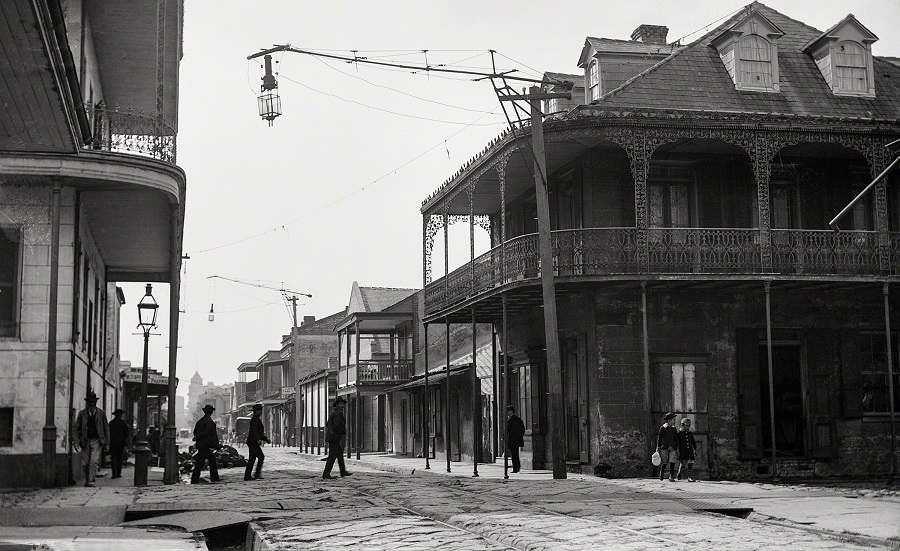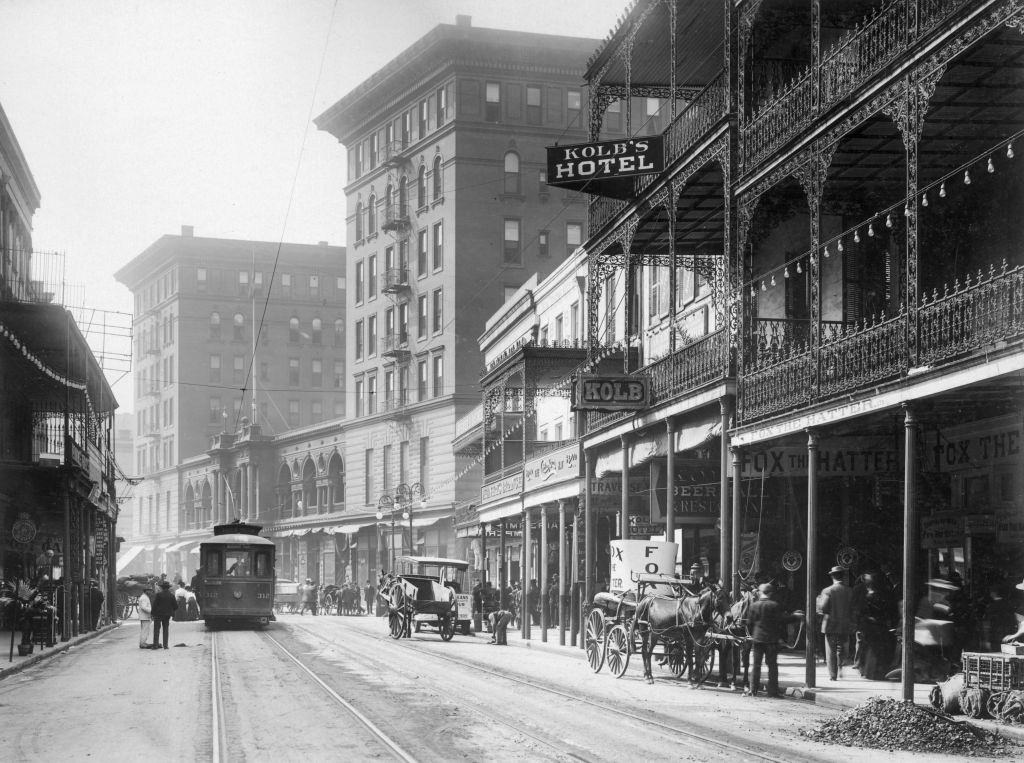New Orleans incorporated into the United States in 1803, when the French sold Louisiana for a mere $15 million. The population of New Orleans was around 8,000, consisting of 4,000 whites and 2,700 enslaved, and about 1,300 free persons of color. During the first half of the 19th century, New Orleans was the wealthiest city and third-largest city. It was the golden era for the city, the arrival of steamboats skyrocketed the local trade and commerce. By 1840 the city was rated the fourth port in the world.
During the American Civil War, New Orleans was the largest city in the Confederacy, but it was only a year until Union troops captured without a battle in the city itself. During the Reconstruction period, New Orleans was within the Fifth Military District of the United States. After the Reconstruction era, the city defaulted and dropped from 3rd to 12th place in national rank. In the late-19th century, New Orleans made limited, though steady progress, but the population increased to 287,104.
Here below are some amazing historical photos of New Orleans from the late 19th century. Be sure to check, what New Orleans looked like in the 1900s.
#1 St. Charles Hotel from Canal Street. New Orleans circa 1890.
#2 The old French Market, New Orleans, 1890s.

By the 1890's the French Quarter was known as Little Palermo, with the recent immigration of Sicilians to New Orleans. There was a turf war between the Provenzano and Matranga gangs, leading to the killing of Chief of Police David Hennessy. A not guilty verdict led to 11 of the 19 indicted being lynched. The national newspapers first used the word Mafia to cover the big story back then.



































This is just Saint Denis from Red Dead Redemption
One of these photos says it’s from 1899 and there is a Chevy from the mid 20th century in the frame. lol
IT’S AMAZING HOW MANY OF THESE ARE DATED 1899, I’D LIKE TO KNOW HOW YOU GOT THOSE DATES? ALSO THE #30 PICTURE IS FROM THE BALCONY OF THE PONTALBA APARTMENTS, BUILT BY BARONESS PONTALBA AS A RESIDENCE. THE ONE ON THE EAST SIDE OF JACKSON SQUARE AND OWNED BY THE CITY OF NEW ORLEANS, THE ONE ON THE WEST SIDE OF THE SQUARE IS OWNED BY THE STATE. THE BOTTOM FLOORS ARE COMMERCIAL THE UPPER FLOORS ARE RESIDENTIAL APARTMENTS BUT THE WAITING LIST IS SO LONG YOU SHOULD PUT YOUR CHILDREN’S NAMES ON THE LIST WHEN THEY’RE BORN AND THEY MAY GET IN WHEN THEY RETIRE!!!